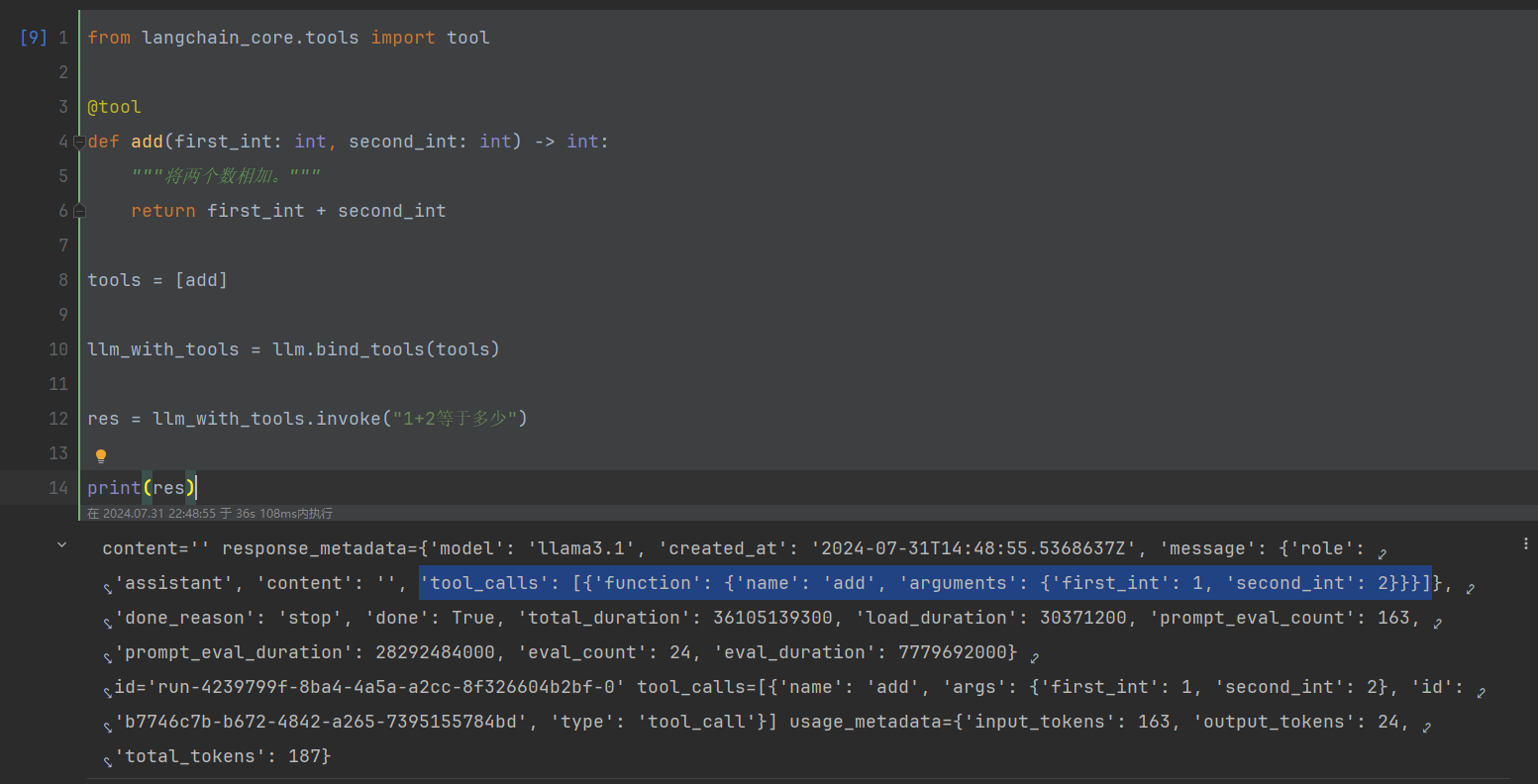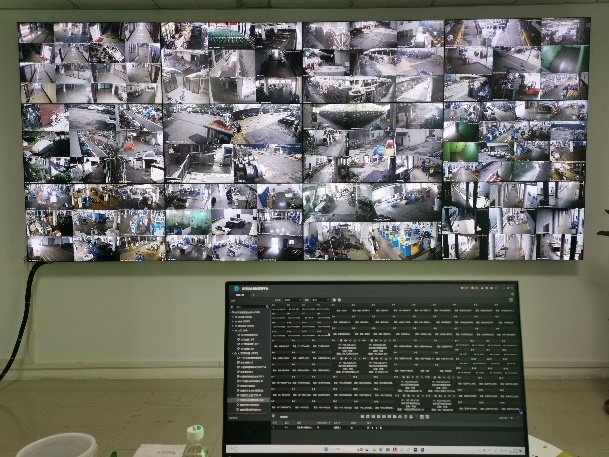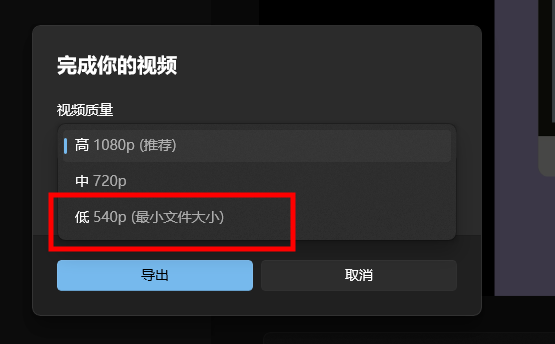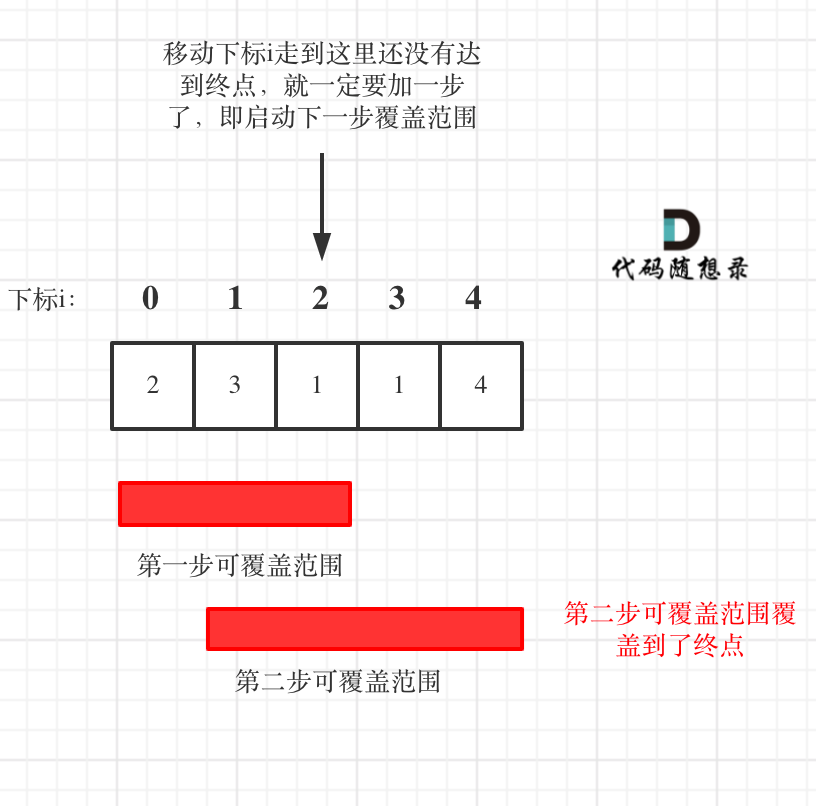1.函数介绍
1.1 strlen
size_t(就是无符号整形) strlen(const char * str);字符串已经'\0'作为结束标志,strlen函数返回的是在字符串中'\0'前面出现的字符个数(不包
含'\0')
参数指向的字符串必须要以\0结束。
注意函数的返回值为size_t,是无符号的(易错 ) 不能相减
strlen函数模拟
int my_strlen(char* arr)
{assert(arr);int counst = 0;while (*arr != '\0'){counst++;arr++;}return counst;
}
int main()
{char arr[] = "abcdef";int len = my_strlen(arr);printf("%d", len);return;
}1.2 strcpy
char * strcpy (char * destination,const char * source)Copies the C string pointed by source into the array pointed by destination, including the terminating null character (and stopping at that point).
源字符串必须以'\0'结束。
会将源字符串中的'0'拷贝到目标空间。
目标空间必须足够大,以确保能存放源字符串。
目标空间必须可变。
//strcpy函数模拟
void my_strcpy(char*arr2, const char* arr1)
{assert(arr1);assert(arr2);while (*arr1 != '\0'){*arr2++ =*arr1++;}*arr2 = *arr1;//复制\0;
}
int main()
{char arr1[] = "abcdef";char arr2[20] = { 0 };my_strcpy(arr2, arr1);printf("%s",arr2);return 0;
}1.3 strcat
字符串追加

char * strcat (char * destination,const char * source)Appends a copy of the source string to the destination string. The terminating null characterin destination is overwritten by the first character of source, and a null-character is includedat the end of the new string formed by the concatenation of both in destination.
源字符串必须以'\0'结束。
目标空间必须有足够的大,能容纳下源字符串的内容。
目标空间必须可修改。
字符串自己给自己追加,如何? 不能
//模拟strcat
char* my_strcat(char* dest, const char* src)
{char* ret = dest;assert(dest && src);while (*dest != '\0'){dest++;}while (*dest++=*src++){;}return ret;
}
int main()
{char arr1[20] = "hello ";my_strcat(arr1,"world");printf("%s\n",arr1);return 0;
}1.4 strcmp
比内容不是比长度
int strcmp(const char*str1,const char*str2);
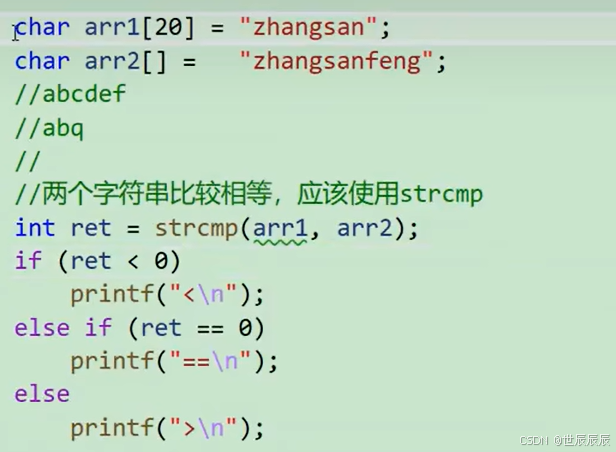
//模拟strcmp
int my_strcmp(const char*str1,const char*str2)
{assert(*str1&&*str2);while (*str1==*str2){if (*str1 == '\0')return 0;str1++;str2++;}if (*str1 > *str2)return 1;elsereturn -1;//也可以写成return(*str1-*str2);
}
int main()
{char arr1[20] = "zhangsan";char arr2[] = "zhangsanfeng";int ret = my_strcmp(arr1,arr2);if (ret < 0)printf("<\n");else if (ret == 0)printf("==\n");elseprintf(">n");return 0;
}增加长度限制
strncmp 加了一个参数n
strncat
strncpy
1.5 strstr
查找子串的一个函数
const char *strstr (const char *str1,const char *str2);char *strstr ( char *str1,const char *str2 )
找到了返回子串的地址找不到返回空指针
模拟strstr
char * my_strstr(char* str1, const char* str2)
{assert(str1 && str2);const char* s1 = str1;const char* s2 = str2;const char* p = str1;while (*p){s1 = p;s2 = str2;while (*s1!='\0'&&*s2!='\0'&& * s1 == *s2){s1++;s2++;}if (*s2 == '\0'){return (char*)p;}p++;}return NULL;
}
int main()
{char email[] = "zpw@bitejiuyeke.com";char substr[] = "bitejiuyeke";char* ret = my_strstr(email, substr);if (ret == NULL){printf("字串不存在\n");}else{printf("%s",ret);}return 0;
}
KMP算法比较高效1.6 strtok
用来切割字符串
char *strtok(char*str,const char *sep)
sep参数是个字符串!定义了用作分隔符的字符集合
第一个参数指定一个字符串,
它包含了0个或者多个由sep字符串中一个或者多个分隔符分割的标记。
strtok函数找到str中的下一个标记,并将其用\0结尾,返回一个指向这个标记的指针。
(注strtok函数会改变被操作的字符串,所以在使用strtok函数切分的字符串一般都是临时拷贝的内容并且可修改。)
strtok函数的第一个参数不为 NULL,函数将找到str中第一个标记,strtok函数将保存它在字符串中的位置。
strtok函数的第一个参数为NULL,函数将在同一个字符串中被保存的位置开始,查找下一个标记。
如果字符串中不存在更多的标记,,则返回 NULL指针。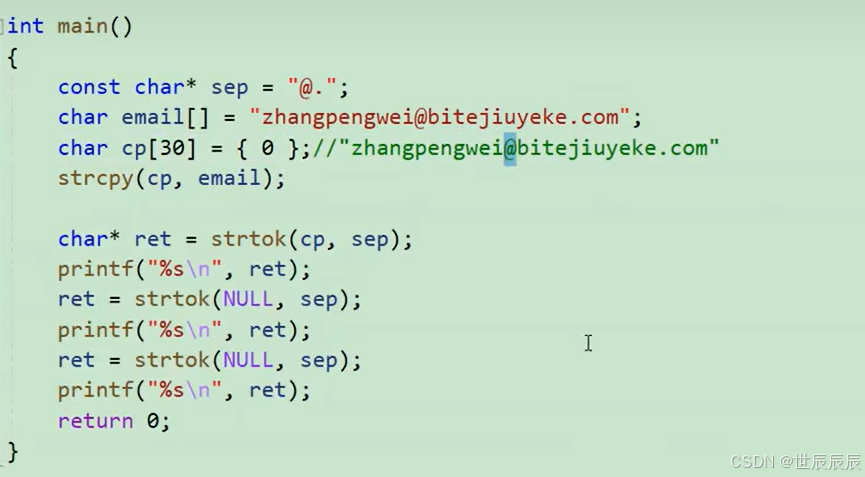
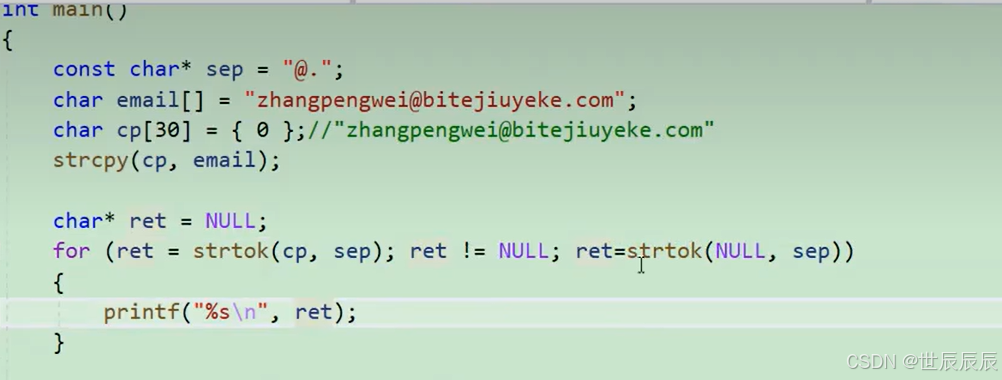
1.7 strerror
返回错误码所对应的信息
char * strerror






![[RoarCTF 2019]Easy Calc1](https://i-blog.csdnimg.cn/direct/300b10e604614342827186768abfa20b.png)








